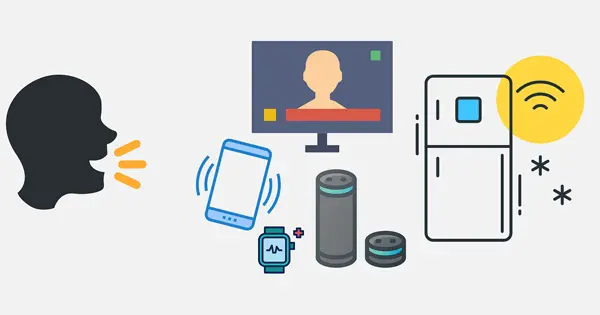Top 6 Mobile App Design Practices to Follow in 2025
Written by UIDesignz Jul 17, 2024 3 min read
Last updated: Dec 30 2024

In 2025, mobile app design continues to evolve with a focus on user experience, functionality, and aesthetic appeal. To stay ahead in this competitive landscape, adopting current design practices is crucial. Here are the top mobile app design practices you should follow this year:
Table of Contents
User-Centered Design Approach

User-Centered Design (image by Seobility)
- Understand your target audience through extensive research, creating detailed user personas based on demographics, behavior patterns, and needs.
- Utilize continuous feedback loops from real users to refine and improve the app's usability over time.
- Design intuitive interfaces that prioritize ease of use and accessibility, ensuring that users can accomplish tasks efficiently and intuitively.
Minimalistic and Clean UI Design

Minimalistic and Clean UI Design (image by Code Theorem)
- Embrace minimalistic UI design principles to reduce clutter and enhance usability.
- Use ample white space to create breathing room between elements, facilitating easier navigation and reducing cognitive load.
- Implement intuitive navigation patterns that guide users seamlessly through the app's functionalities.
- Ensure clear typography with appropriate font sizes and contrast to improve readability and accessibility.
Check out our resources page: Design Resources
Dark Mode Compatibility

Dark Mode (image by Freepik)
- Offer dark mode compatibility to enhance user experience and reduce eye strain in low-light environments.
- Conserve battery life on OLED screens by utilizing dark mode.
- Implement a toggle switch or automatic detection based on device settings to allow users to switch between light and dark modes effortlessly.
- Optimize all elements including text, icons, and backgrounds for both modes to maintain visual clarity and consistency.
Read More: Mobile App Design Trends to Follow in August 2024
Microinteractions for Engagement

Microinteraction (image by Justinmind)
- Incorporate subtle animations like loading indicators, button responses, or visual feedback for user actions to provide instant gratification and improve engagement.
- Utilize small gestures such as swipe gestures or long-press interactions to trigger contextual actions that streamline user interactions and make the app feel responsive and intuitive.
Personalization and Customization
- Implement features such as personalized recommendations based on user behavior and interests.
- Allow customizable layouts that let users arrange content according to their preferences.
- Offer user-controlled settings for adjusting app functionalities to enhance user satisfaction and retention.
Keep Reading: 10 Mobile App Design Agencies in Los Angeles
Voice User Interface (VUI) Integration

Voice User Interface (image by Medium)
- Incorporate voice commands for navigation, search, and control within the app.
- Ensure voice interactions are intuitive and responsive mobile app design, providing clear feedback and options for users to refine their requests.
- Cater to a broader audience including users with disabilities or those in situations where hands-free interaction is preferred.
Conclusion
By integrating these top mobile app design practices into your development process in 2025, you can create apps that not only meet user expectations but also stand out in a competitive market. Focus on user experience, innovation, and functionality to deliver compelling mobile experiences that drive engagement and loyalty. Continuously iterate and adapt these practices based on user feedback and industry trends to stay ahead of the curve and maintain relevance in the dynamic landscape of mobile app design.
To avail our offered services by Professionals kindly Contact Us.





